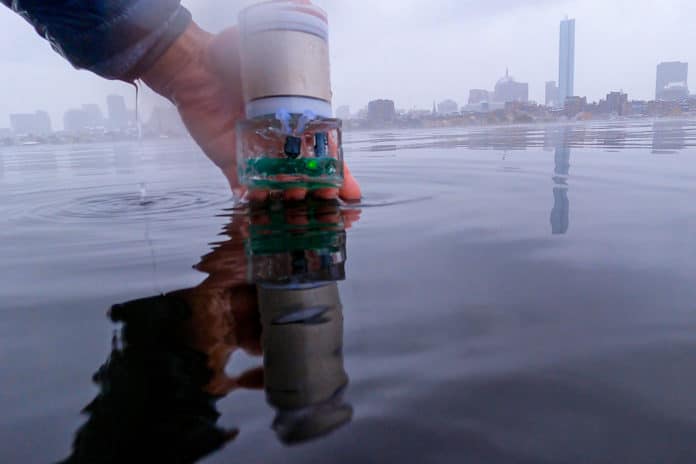Engineers at the Massachusetts Institute of Technology (MIT) have developed a new underwater navigation system, different from GPS and sonars. The device, called Underwater Backscatter Localization (UBL), is a battery-free pinpointing system powered by reflecting modulated audio signals from its environment to generate binary impulses.
MIT researchers turned to piezoelectric materials that generate their own electric charge in response to mechanical stress, like getting pinged by vibrating soundwaves. Piezoelectric sensors can then use that charge to selectively reflect some soundwaves back into their environment. A receiver translates that sequence of reflections into binary code that can carry information about ocean temperature or salinity. But it can also be used to calculate location information.
The sound waves don’t just travel directly between the observation unit and the sensor. Accounting for reflections is an even greater challenge in shallow water – the short distance between seabed and surface means the confounding rebound signals are stronger. To overcome the reflection issue, the researchers used “frequency hopping” and collecting information across a range of different wavelengths. Frequency hopping was successful in the researchers’ deep-water simulations, but they needed an additional safeguard to cut through the reverberating noise of shallow water.
Though the technology is currently under development, UBL could someday become a key tool for marine conservationists, climate scientists, and the U.S. Navy. It will enable future robotic underwater devices to better map the ocean floor, perform all types of automated monitoring and underwater navigation.
